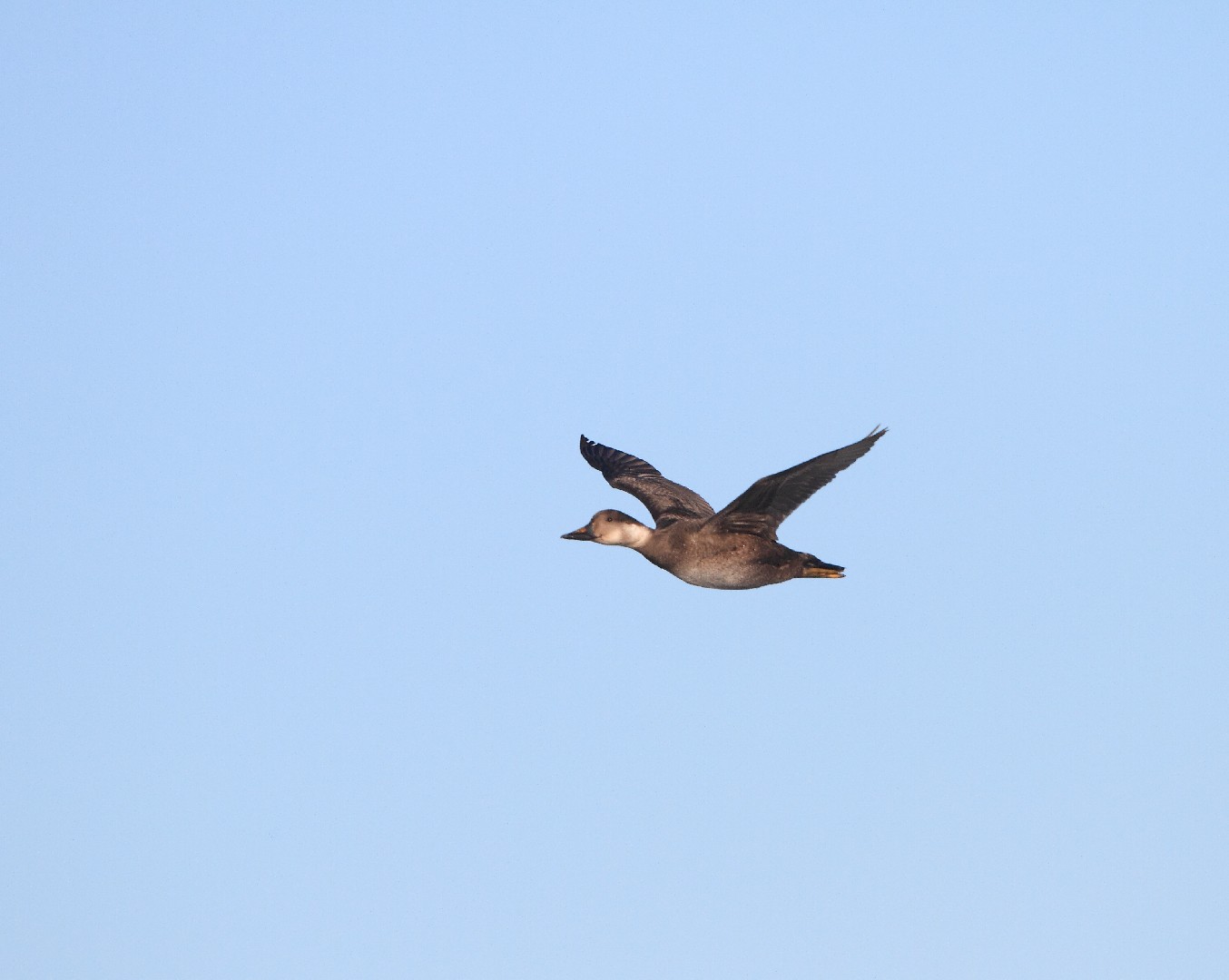Common Scoter
A species of Scoters Scientific name : Melanitta nigra Genus : Scoters
Common Scoter, A species of Scoters
Botanical name: Melanitta nigra
Genus: Scoters
Content
Description General Info
 Photo By Marton Berntsen , used under CC-BY-SA-4.0 /Cropped and compressed from original
Photo By Marton Berntsen , used under CC-BY-SA-4.0 /Cropped and compressed from original Description
It is characterised by its bulky shape and large bill. The male is all black with a bulbous bill which shows some yellow coloration around the nostrils. The female is a brown bird with pale cheeks, very similar to female black scoter. This species can be distinguished from other scoters, apart from black scoter, by the lack of white anywhere on the drake and the more extensive pale areas on the female. 
Size
54 cm
Colors
Brown
Black
Yellow
Life Expectancy
16 years
Nest Placement
Ground
Feeding Habits
Common Scoter primarily dives to consume crustaceans and molluscs. On freshwater, it also feeds on aquatic insects and small fish, utilizing specialized diving techniques to forage.
Habitat
Common Scoter primarily breeds on freshwater bodies such as pools, lakes, and rivers in tundra, taiga, or boggy areas with occasional trees, avoiding steep terrain and reaching elevations up to 700 meters in boreal zones. In winter, common Scoter congregates in coastal marine habitats, particularly in shallow waters close to exposed shores. During migration, freshwater wetlands serve as stopovers.
Dite type
Aquatic invertebrate eater
General Info
Feeding Habits
Bird food type
Species Status
Not globally threatened.